The contents of this article are human-created.
This post may contain affiliate links. Please see my full disclosure for details.
If you're looking to improve your health through diet, clean eating offers many benefits. Follow these beginner tips to get started!
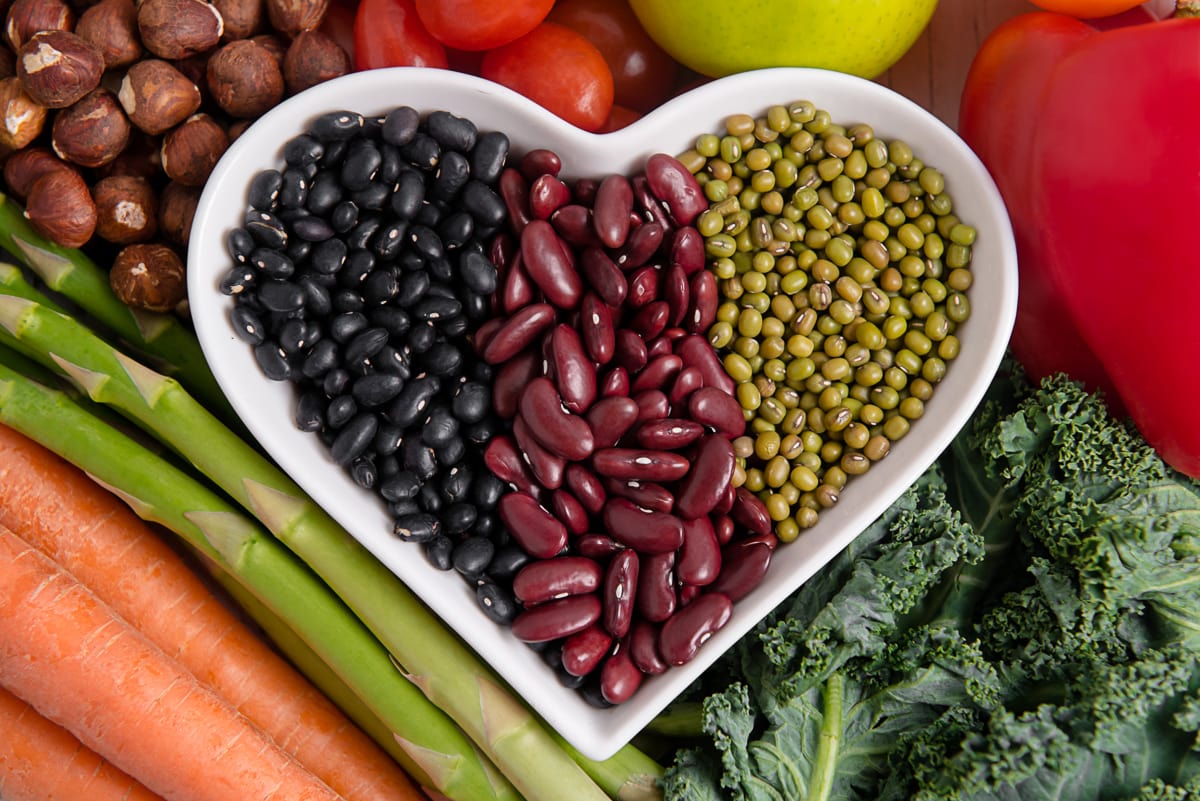
*Nutrition Disclaimer: The information provided on this site is designed for educational purposes only. You should not rely on this information as a substitute for, nor does it replace professional medical advice, diagnosis, or treatment. Please read my disclaimers page for more information.
I know it can be challenging at first to change eating habits. However, with the right recipes, tips and tricks, eating clean doesn't have to be difficult, bland or boring! Plus, with so many benefits, it's worth making the change.
Benefits of Clean Eating
Supports digestion and gut health. Eating a well-rounded diet with plenty of fibre, bitter greens, and healthy fats is the best way to support healthy digestion and increase nutrient absorption. Clean whole foods, which are lower in sugar and rich in fibre, also support healthy gut flora.
Better for mental health. Since the synthesis of serotonin and dopamine happens in the gut, a healthy microbiome directly impacts mental health. We also need certain essential amino acids (like tryptophan), which are precursors for the body to make dopamine and serotonin. B vitamins also play a role in mood regulation, helping to decrease feelings of anxiety and depression.
Supports immune function. Eating a clean diet rich in whole foods equips the body with essential nutrients like vitamin C, antioxidants and antimicrobial compounds that keep the immune system functioning optimally.
Increases energy levels. A well-rounded, clean diet provides all the nutrients we need, like potassium, B vitamins, healthy fats, complex carbohydrates, and protein, which contribute to energy and stamina. Processed foods high in refined sugars and carbohydrates cause a significant spike in blood sugar, leading to a crash. So, eating foods complete with fibre, fat, and protein gives us longer, more stable bouts of energy.
Promotes clear skin. A clean diet is the best way to improve skin health and get that natural glow. High-sugar foods and a lack of B vitamins can really throw our hormones off, which can contribute to dull-looking skin and hair. We also need adequate amounts of many other nutrients, like vitamins A, C, E, and protein, for naturally healthy and glowing skin.
Contributes to disease prevention. A clean eating diet is the best preventative measure for our health. Healthy whole foods are lower in sugar and provide nutrients that can help prevent heart disease, diabetes, cancer, and neurological disorders.
What is Clean Eating?
Clean eating isn't just a fad diet or trend. It's more of a lifestyle. It's about reducing exposure to harmful toxins that can be found in heavily processed and mass-produced foods.
Clean eating focuses on consuming real foods that are minimally processed and grown naturally or organically. Unfortunately, many dirty practices and corruption have been normalized in the food industry. So, part of clean eating is knowing where your food comes from. It's also important to read the ingredient labels, not just the nutrition facts.
One of the best ways to eat a cleaner diet is to make meals, snacks, and pantry staples from scratch with whole-food ingredients. Another great way is to grow as much of your own food as possible and shop locally at trusted farms. Get to know the farmers in your area and support those who raise pastured meat, eggs and dairy, as well as those who don't spray their crops with pesticides and herbicides.
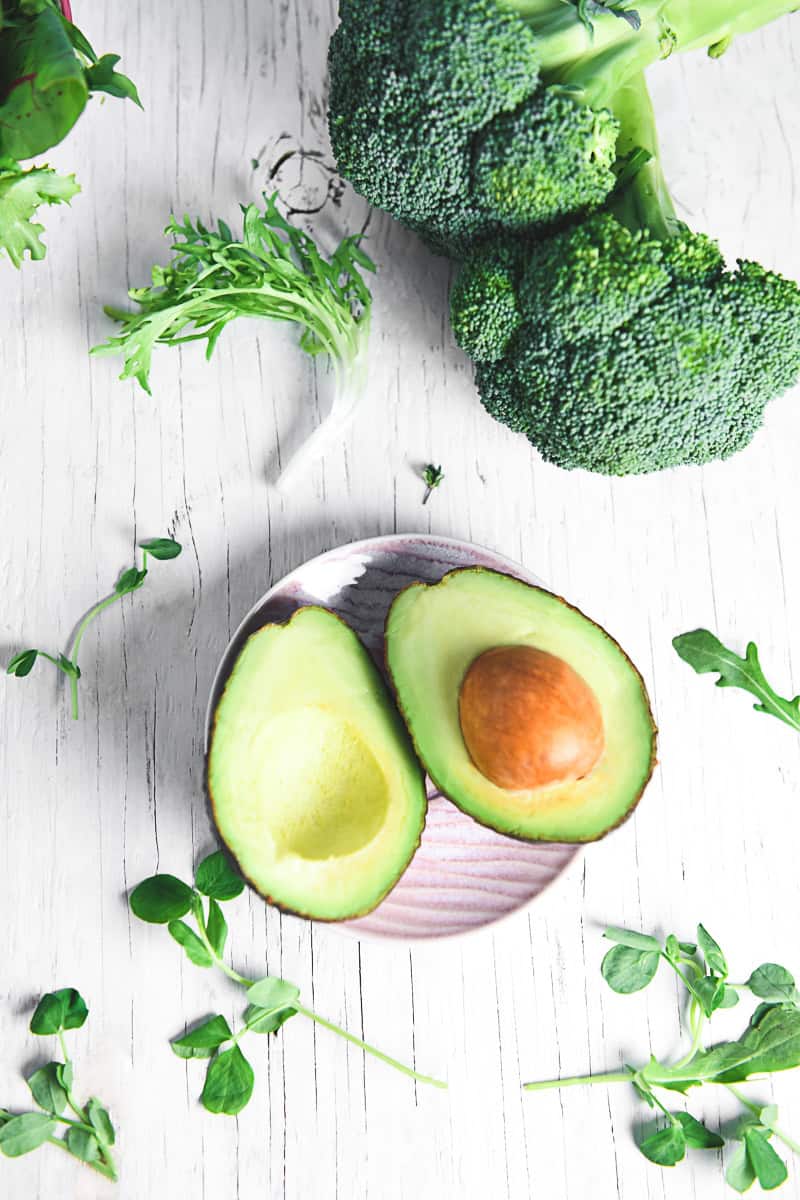
Clean Eating Foods
Macro Nutrients
Macro nutrients make up the bulk of what we eat; they include protein, carbohydrates and healthy fats.
- Fruits and vegetables are full of vitamins, minerals, antioxidants and fibre that contribute to overall health.
- Leafy greens are a great source of minerals like calcium, iron, folate and fibre. Bitter greens also promote healthy digestion and gut flora.
- Organic whole grains like rice, quinoa, oats, and barley are excellent sources of fibre, amino acids and B vitamins. Sticking to whole grain flour is also richer in nutrients and better for blood sugar. Spelt and kamut are excellent alternatives to wheat that are still glutenous.
- Beans and legumes are another great source of fibre, amino acids and B vitamins. Sprouting and soaking them is a great way make them easier to digest, reduce the gases that cause bloating and improve nutrient absorption.
- Nuts and seeds are great sources of minerals, fibre, and healthy fats. Like legumes, soaking and roasting increase digestibility and nutrient absorption.
- Pasture-raised chicken, beef, eggs, and dairy are typically free of antibiotics, growth hormones, and GMO feed. When free to roam and feed off natural pastures, they provide us with more vitamins, minerals, and enzymes.
- Wild game meats like deer, boar and wild-caught fish typically eat a natural diet that, like pasture-raised meats, provides us with more minerals, vitamins and enzymes. Protein is an essential part of our diet that we need to support brain health, gut health, hormones, fertility and to build strong muscles (including the heart).
- Pure cold-pressed oils are sources of healthy fats that contribute to brain, heart and skin health. Healthy fats are also essential for digestion and nutrient absorption.
Herbs, Spices and Sweeteners
There are plenty of clean and delicious ways to flavour and sweeten our dishes. Pure herbs, spices, and natural sweeteners are great ways to enhance taste and nutrition.
- Fresh herbs are a great way to add natural flavour to homemade recipes. Each herb also has its own profile of healing properties. Many are great for supporting digestion, detoxification, gut health and reducing inflammation.
- Dried herbs and spices are a great way to extend the shelf life of fresh herbs. However, many store-bought herbs are radiated and blended with fillers and additives, which reduce their health benefits. So, it's important to make sure they are pure. The best way to do so is to dry your own. Choosing organic or buying from trusted local sources is the next best thing.
- Natural sweeteners like raw honey, dates, pure maple syrup and coconut sugar are not void of nutrients, which helps to slow the rise in blood sugar. Honey is also full of antimicrobial properties that can support immune health.
- Natural mineral salts such as Himalayan, Celtic, and Sea salt are unprocessed, leaving their naturally occurring minerals intact. Regular table salt is typically bleached and with harsh chemicals and added with unnecessary fillers, stripping it of its natural nutrients.
Foods to Avoid
- Seed oils like canola, grape seed and "vegetable" oil are heavily processed in extremely high heat, which destroys anything beneficial they might provide. They are highly inflammatory and are a leading cause of heart disease and cancer.
- Heavily refined sugars, such as white table sugar, corn syrup, isolated glucose, and fructose, are stripped of their nutrients and cause extremely high blood sugar spikes. These sugars can disrupt hormones, gut health, and mental health and cause acne and premature aging.
- Refined flours are stripped of the fibrous germ and vitamins and minerals. Like refined sugars, this causes higher spikes in blood sugar, disrupts hormones, gut health and mental health. They are also often bleached with harsh chemicals, adding toxins that can be difficult for our bodies to eliminate.
- Artificial food dyes are highly toxic. They are linked to ADHD, cancers and many other diseases. They can also exacerbate the symptoms of autism, tourettes and other syndromes and conditions.
- Artificial flavours are also made from highly toxic chemicals. They act in the same manner as food dyes, which can exacerbate symptoms of certain conditions, increase inflammation, disrupt hormones and contribute to deteriorating health.
- Genetically Modified organisms (GMOs) have been altered from their natural state, often to make them more resistant to harsh environments, unnatural growing conditions, pesticides, herbicides, and antibiotics, as well as to increase yield. This may sound beneficial. However, they can contain even more harmful toxins and compounds that can confuse our bodies, hindering nutrient assimilation. For some, they can even result in allergies, sensitivities and other reactions.
How to Start Eating Clean
If you're new to clean eating, think of it as a journey rather than an instantaneous change. In the times we live in, it is impossible to completely avoid all the toxins that sneak their way into our food. The only attainable thing we can truly do is reduce our exposure.
The easiest way is to pick one thing to change at a time. If you generally get takeout or frozen dinners, start by cooking one meal a day at home with fresh ingredients. Meal prepping for the week is also a great way to avoid grabbing the unhealthy foods when we are tired or in a rush.
I found it easiest to start with making one swap or healthy addition at a time. If you need to eliminate a particular food, start with that and find healthy alternatives to satisfy your cravings and get your tastebuds used to the change.
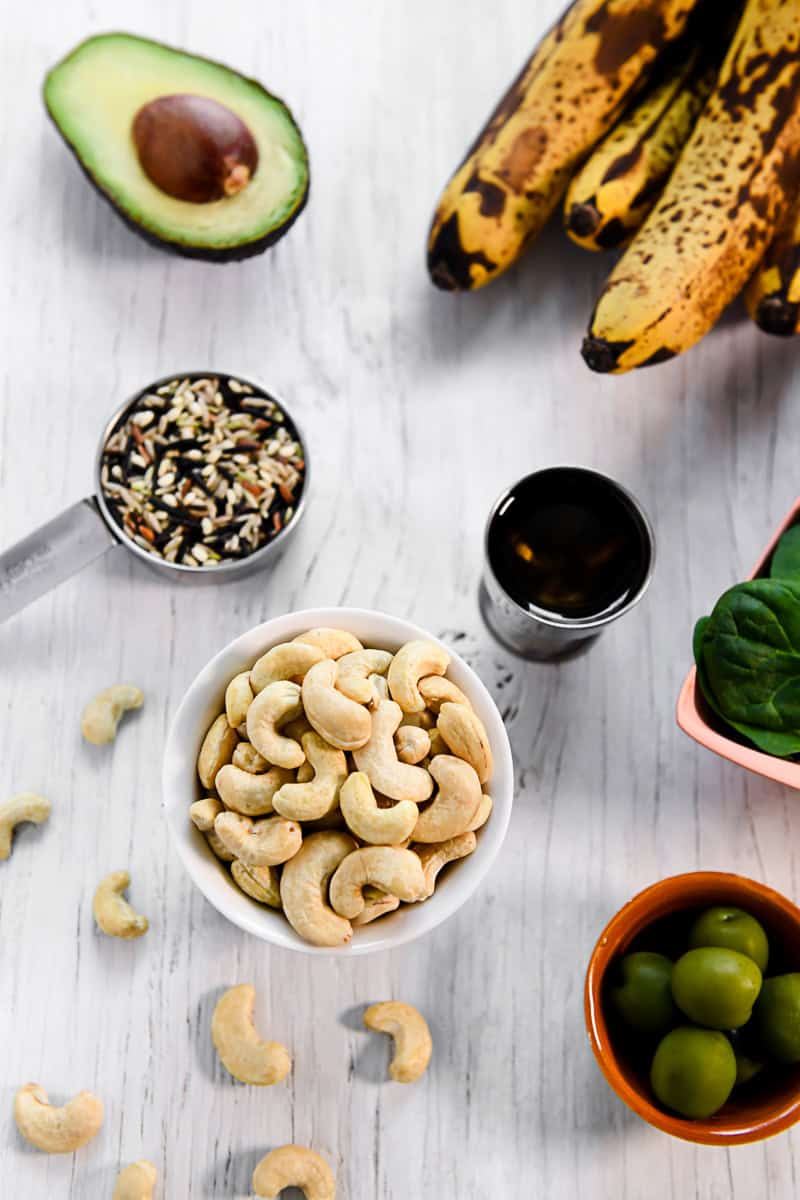
Clean Eating Food Swaps
- Use cold-pressed oils like extra virgin olive, avocado and unrefined coconut oil rather than canola or vegetable oil. Even grass-fed butter or ghee is a much healthier option than seed oils.
- Whole grains like brown rice, wild rice and quinoa are full of natural vitamins, minerals, and fibre that white rice lacks.
- Coconut sugar is an excellent replacement for brown sugar. It has a similar texture and taste but is much less refined. Despite what many believe, brown sugar is actually refined white sugar with caramel colour added. Raw cane sugar is also a less refined option.
- Raw honey and pure maple syrup are great for topping on pancakes, sweetening tea, coffee and homemade baked goods!
- Real fruit is great for snacking on instead of artificially flavoured candies. Bananas, apples, pears, and dates are also delicious natural sweeteners. You can also make natural fruit leather and desserts with berries, peaches, and other fruits.
- Nuts, seeds, olives and chopped veggies make great salty, crunchy snacks instead of chips.
- Dark leafy greens are full of minerals and are great for digestion. They make a great addition to salads or a more nutrient-dense replacement for Romain and leaf lettuce.
- Whole grain flour can easily be swapped out for regular white flour. It is far less refined, making it richer in fibre and nutrients. Spelt and Kamut are also great options that have richer nutrient profiles than wheat but are still glutenous.
Beginner Friendly Clean Eating Recipes
My Top Tips
Take baby steps. Trying to overhaul your diet in one go can be a recipe for failure. Start with one thing at a time. It can also take time for our palates to change and get used to unprocessed foods that aren't packed full of salt and sugar.
Add rather than eliminate. It can be easier to start by adding more clean foods to your diet before eliminating the bad ones. Once you get used to eating cleaner, it is easier to keep adding, and eventually, there won't be much room for the bad stuff.
Give your body time to adjust. If you've been eating the Standard American Diet your whole life, it can take time for your body to detoxify once you begin eating a cleaner diet. Often times, symptoms like inflammation, acne, fatigue and digestive issues can seem like they are getting worse before they start to get better. Be patient and keep supporting your body with nutritious foods. You will eventually begin to see improvements in your health and energy levels.

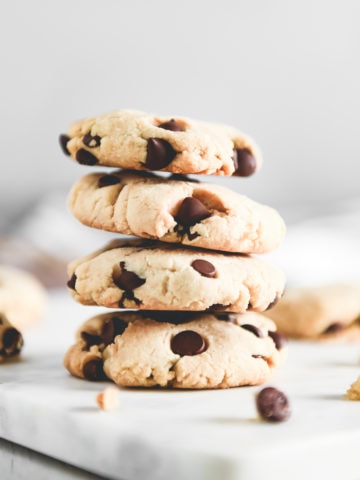
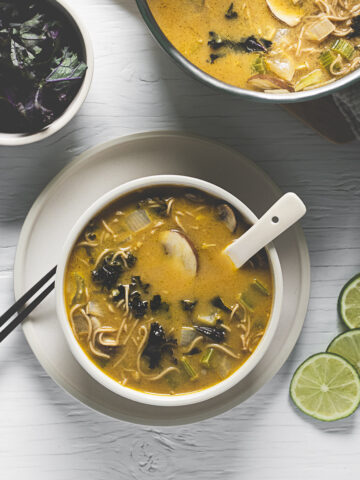
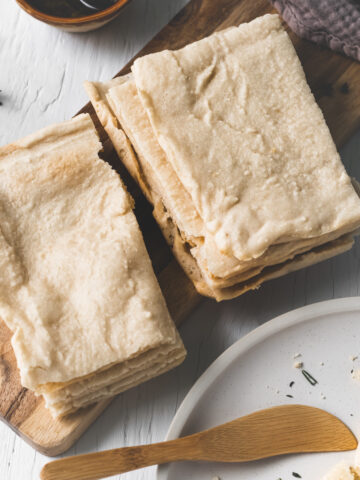
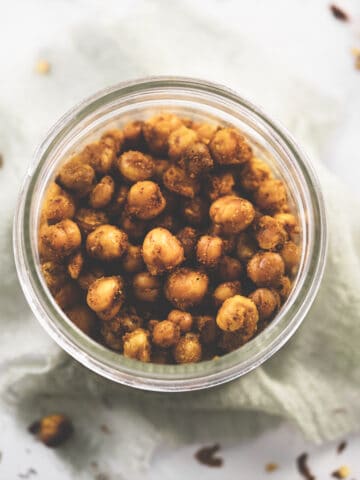
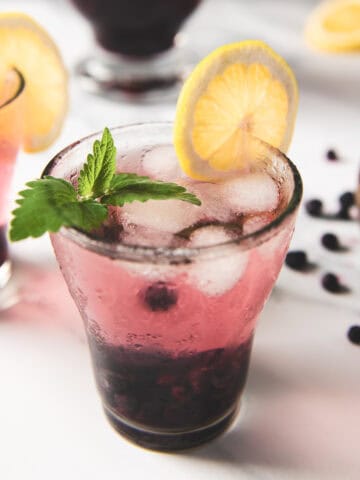
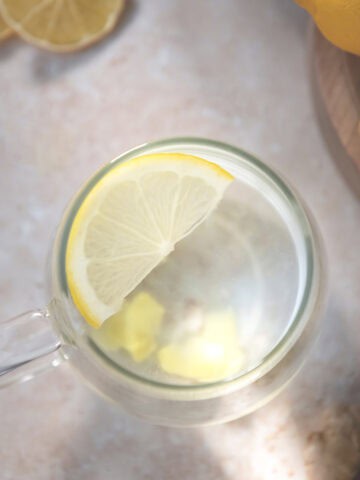
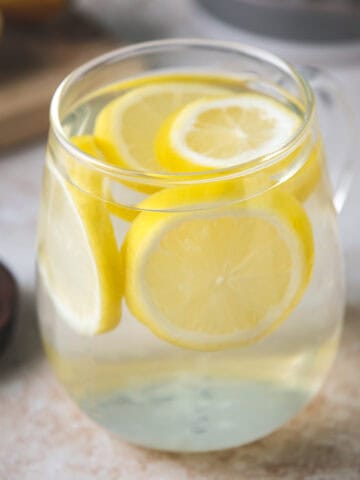
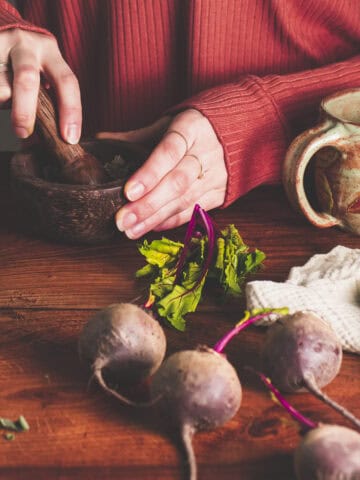
Rate this Recipe & Share How it Turned Out!